SLUSCO1A June 2017 – April 2018 UCC27212
PRODUCTION DATA.
6.7 Typical Characteristics
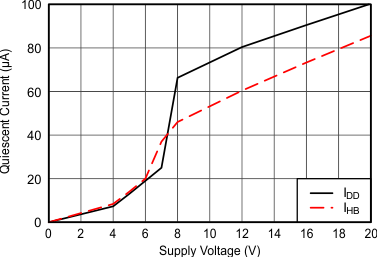
| T = 25°C |
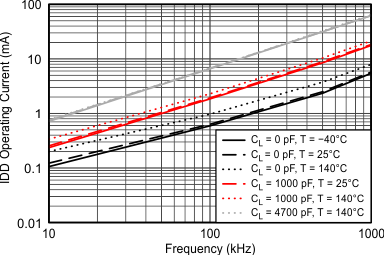
| VDD = 12 V |
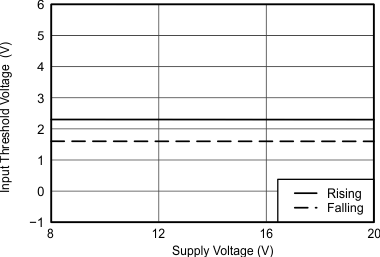
| T = 25°C |
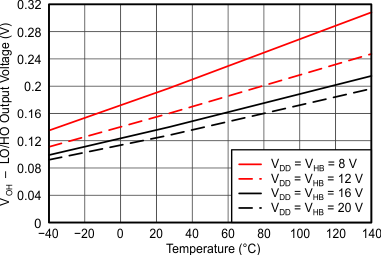
| IHO = ILO = 100 mA |
vs Temperature
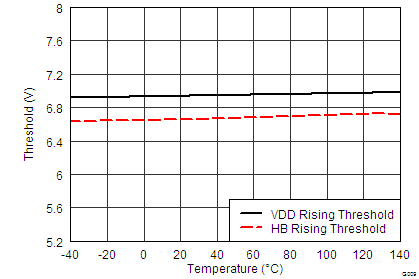
vs Temperature
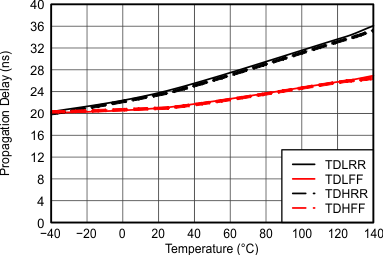
| VDD = VHB = 12 V |
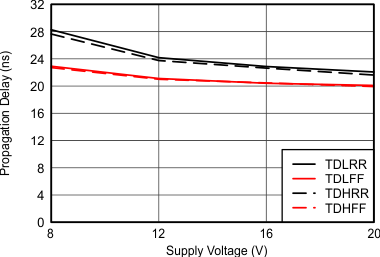
| T = 25°C |
(VDD = VHB)
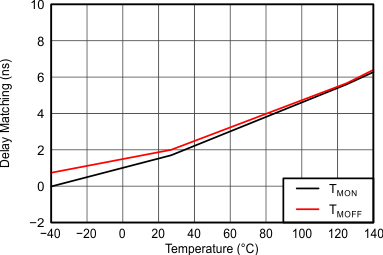
| VDD = VHB = 12 V |
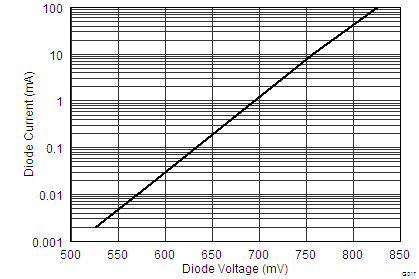
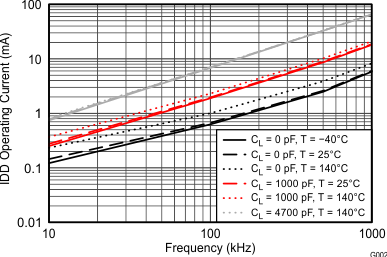
| VDD = 12 V |
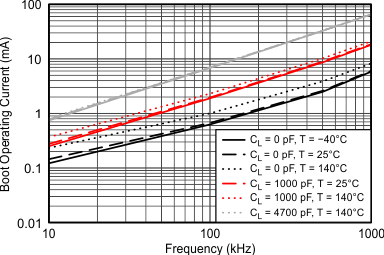
| VHB – VHS = 12 V |
Frequency (HB To HS)
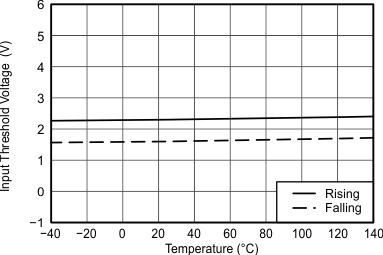
| VDD = 12 V |
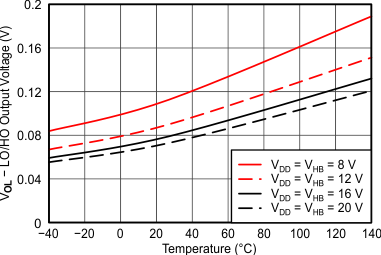
| IHO = ILO = 100 mA |
vs Temperature
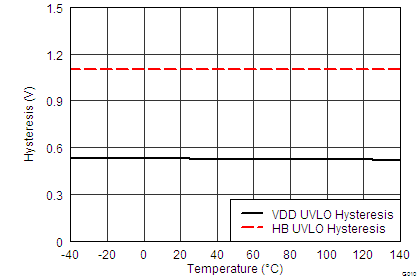
vs Temperature
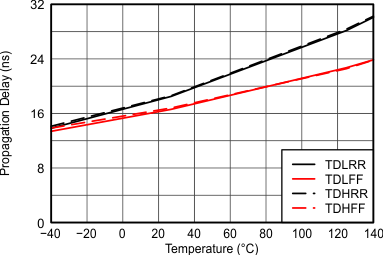
| VDD = VHB = 12 V |
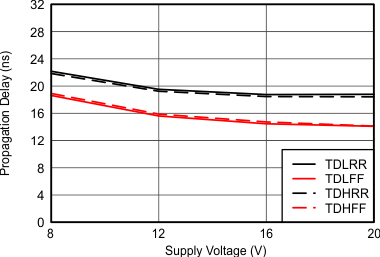
| T = 25°C |
(VDD = VHB)
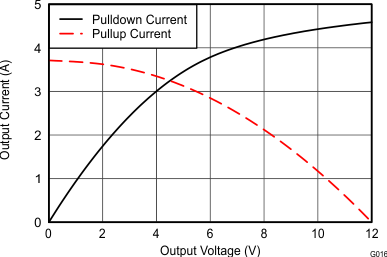
| VDD = VHB = 12 V |